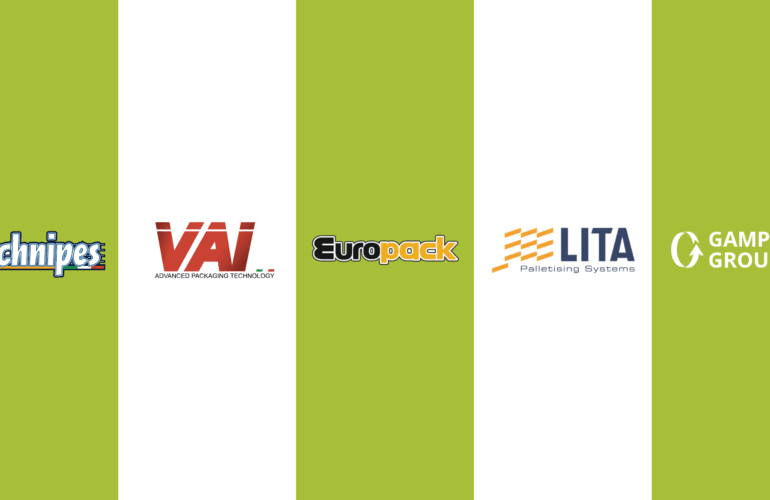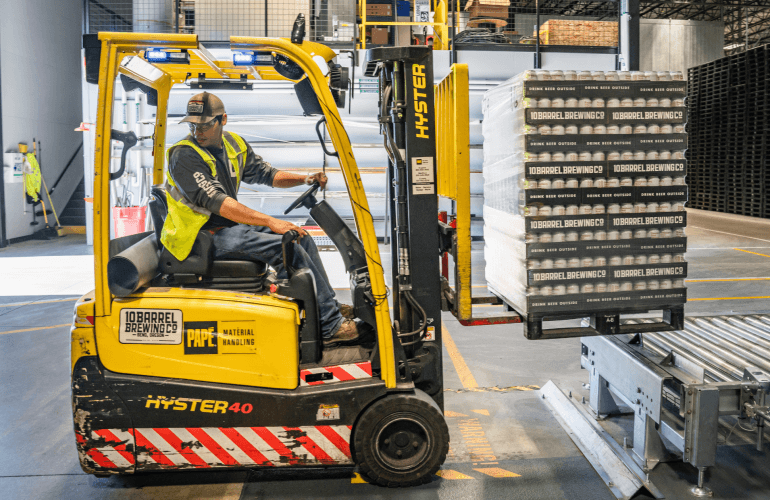Every enquiry that PALpack receives is treated in the same way. We spend a lot of time creating our enquiry reports, which we believe is the reason we have never had any issues with any machines supplied to our clients. During FATs, the enquiry report is used as a tick sheet to ensure that every request by our customers during the enquiry stage has been covered in the supply of the machinery. There are no “surprises”. Our suppliers also love our approach, because everything they need is in one place, one document and one point of reference.
After 30 years in engineering and sales, I have learnt how important it is to ensure that all aspects of the sales process are captured and passed on to the relevant departments responsible for the supply of equipment.
I started doing this many years ago, whilst working as a Director at Yorkshire Packaging Systems, when I noticed that information given verbally often got misinterpreted or forgotten about. As YPS were growing quickly at this time, more and more machines were being sold. So what had worked when the company was much smaller was now not working. I developed a system, which we called the Engineering Sheets, which I believe they still use today. We used our final quotes to the customer as the basis of the Engineering Sheets, and made sure that everything was highlighted to the relevant people in the organisation.
Enquiry reports
Since then, I have developed this with my company PALpack into an enquiry report. In some ways, this system will seem obvious, but I still see many projects, done by other companies, which have issues. And I hear comments like “ I can’t believe they missed that” or “I told them I didn’t want it like this”. Detailed enquiry reports eliminate any grey areas, because the report is sent to the client, the supplier and our project managers. They all have to read it and confirm that it is correct before any project starts.
We supply mainly palletisers, so I will use this as an example. Here is the information we need, when supplying a palletiser:
- Pallet sizes and variations
- Factory layout drawing
- Separator sheets, or layer cards
- Product sizes and weights
- Production speeds
- Manual or automatic pallet loading/unloading
- Pallet patterns
This is what we would call “core information”, so our report (created in Excel) has each of these areas covered, with drop-down menus, so the information can be quickly added. But core information is not the complete picture.
Drilling deeper
Product sizes and weights: It is crucial that all of this information is passed on to the manufacturer of our equipment. So along with sizes and weights, we always request that samples are supplied for pre-production trials. I know this can put time into a project, but trust me, this is probably one of the most critical parts of the project, and not doing trials will almost certainly cause issues during FATs. When palletising, we can pick up sacks, bags, cases, trays with shrink wrap, trays without shrink wrap, jerry cans, steel drums etc. Sending just a picture with dimensions and weights of the product is not good enough, because how the product reacts when being picked up and moved at speed is so important. Pre-production trials is THE most important part of “getting it right first time”.
Pallet patterns: If there are 20 different pallet patterns, then data sheets with every single pattern is supplied, and if data sheets are not supplied by the customer, then we make sure we have photographs and/or we create our own CAD drawings of the pallet patterns. But one way or another, our supplier will have every single pallet pattern, within the enquiry report.
Production speeds need to be clarified and agreed with the client. So for instance, if a client says we can produce 10 cases per minute, we always ask “Is there any chance that this could be quicker in the future?” I can’t ever remember a customer saying absolutely not, and this question quite often makes our customers go away and ask questions. We always say to our clients that we need to make sure that your investment is future proof. 9 times out of 10, the customer will ask us to consider higher speeds.
Loading and unloading pallets automatically: this may seem a step too far for some of our clients, especially those clients who have limited budgets, or space, but adding conveyors and pallet de-stackers is never as expensive as people think, and we can also orientate the component parts of the system to keep it very compact. Why spend money on an automatic machine, only to rely on an operator to remove the pallets? Sometimes you have to lead your customers.
Layout drawings: even if your customer has supplied you with their CAD layout drawings, you need to measure the area yourself. I know this seems a pain to do, when you already have been given their drawing, but I can tell you now, I have NEVER had one drawing supplied to me by a customer that was correct…NEVER! So, measure the site yourself.
Access/obstacles: Can you get the machine into the factory? Another obvious one you might say. Well, check, measure up, look for obstacles that might be in the way, like support beams or pillars. Is there enough ceiling height? Check check, check! I have seen it happen too many times, when walls of a factory have had to be removed to get a machine in, because someone didn’t check. And I can also tell you, your customer will not be happy that he’s had to remove walls, or lift the factory roof off!
Finally, variations. This is another crucial point. Before customers place orders, I am sure you will all have experienced the flurry of emails towards the point of sale. We always copy each email concerning the project into the enquiry report. It is easy to do…cut and paste, drop it into the notes section at the end of the report, such a simple task, and it will not get missed. But these final emails which usually start with “Oh I forgot to mention!”? Put into the report.
Project document
So, at the point where a customer says, you have the order, we freeze the enquiry report, and change it to our project document. We send it to the customer and the supplier, and say, please read through this carefully to ensure everyone is clear on what the customer wants and what the supplier has to do.
During our FATs, our suppliers, customers and ourselves have a printed copy of our Project Document and we all use this a tick sheet, to ensure everything has been covered. As we always say to our customers, the tick sheets are not a legally binding document, just a belt and braces approach to ensure everyone is happy.
After eight years of using this system and supplying countless machines, we have never had a single issue with any FAT. So, that is testament in itself. Reduce your stress levels and implement this, it works.
Please get in touch if you want to discuss this with us, we are always happy to help.
This blog is by Dave Wood, Director of PALpack.
Dave has a lifetime of experience in Engineering, starting his journey as a Mechanical Engineer Apprentice before going on to complete his HND. After his academic training, Dave became a Design Engineer, designing and project managing special purpose machines.
In 2000, Dave started his own company, where he was responsible for designing palletising systems, and after building a reputation as a leading expert in the field of automated and robotic packaging solutions, Dave established PALpack in 2018, to specialise solely in palletisers.





